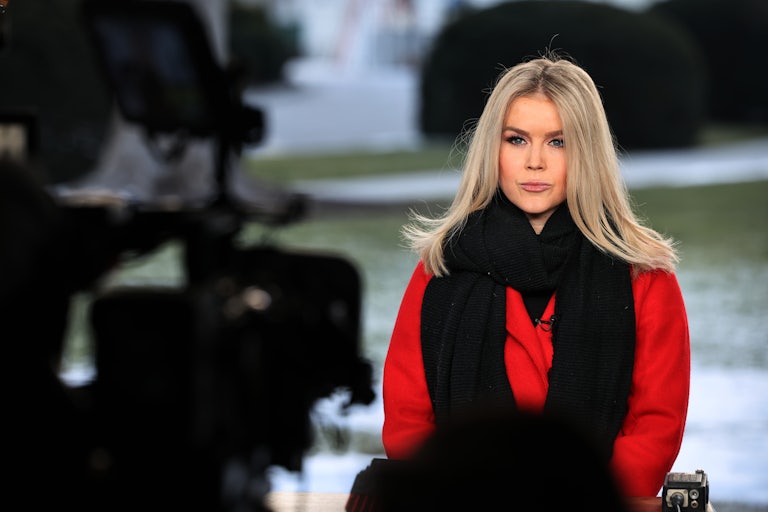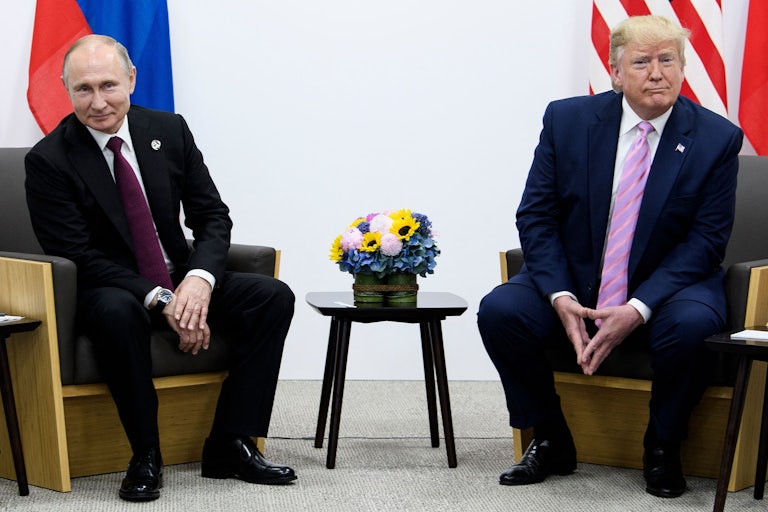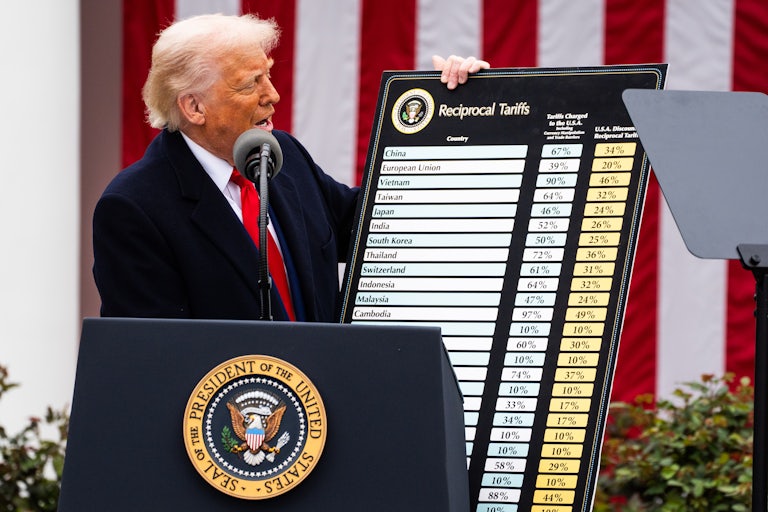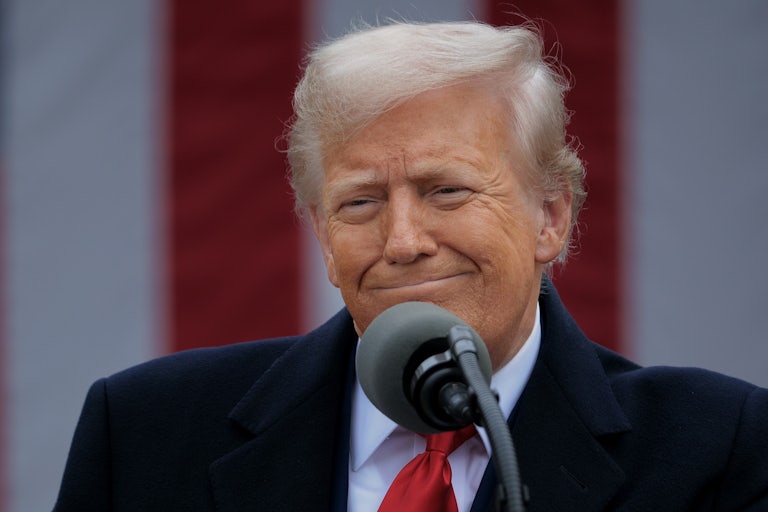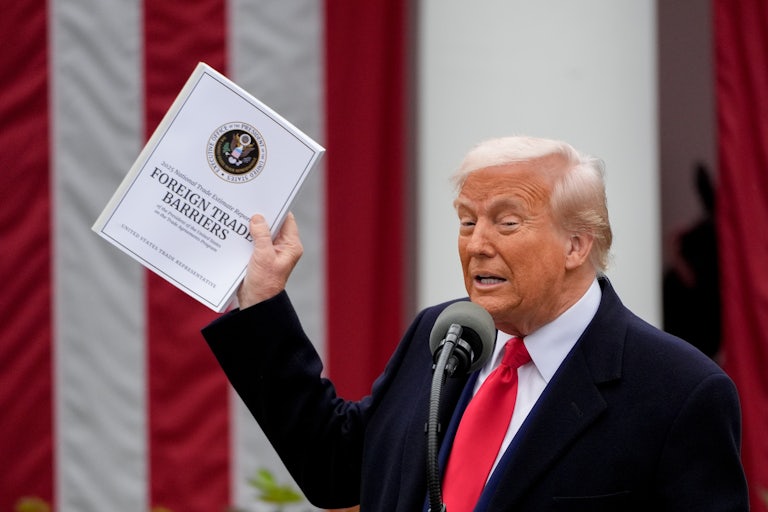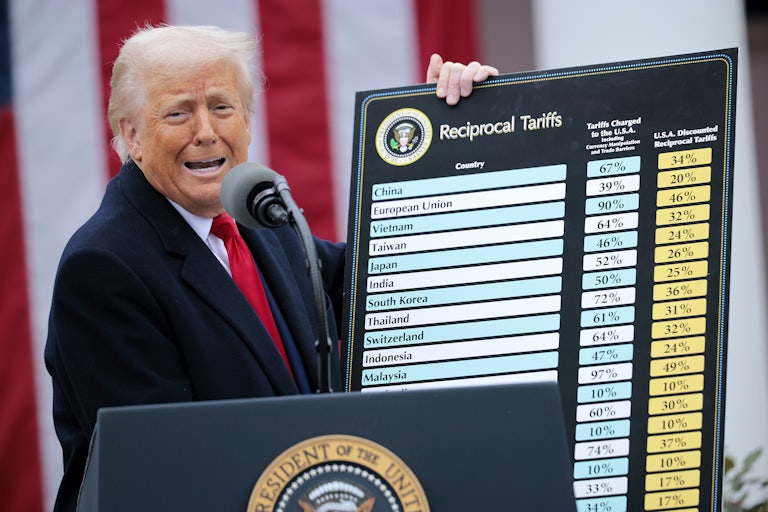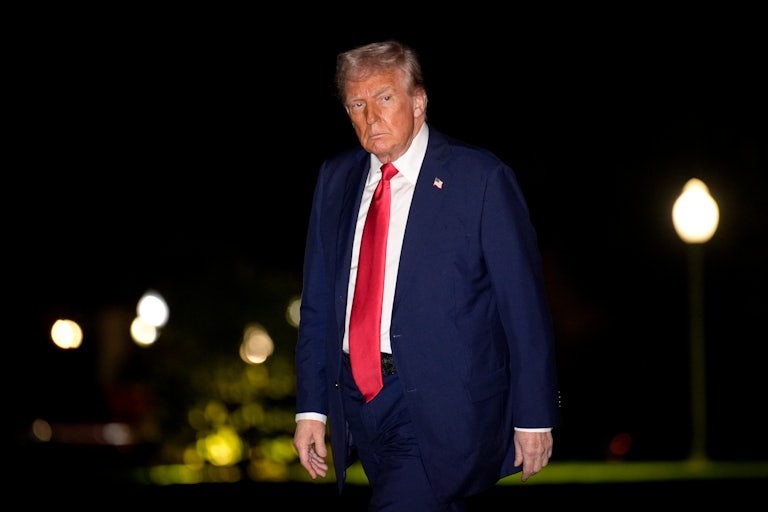Poll: Americans Are Terrified About Social Security
As Donald Trump destroys the economy, anxiety about the future of Social Security is higher than it has been at any point since the Great Recession.

A new Gallup poll shows that Americans are much more worried about Social Security and the economy.
The poll, which measured opinions from March 3 to March 16, said that concern about the Social Security system is at a 15-year high, with 52 percent of Americans worried about it a “great deal.” Also ranking high were the economy at 60 percent, health care costs at 59 percent, and inflation at 56 percent.
The worries reflect the Trump administration’s actions over the past few months, with cuts made to the Social Security Administration and the whiplash over the president’s bizarre tariff decisions. Those fears may get worse, as Trump went ahead with instituting aggressive tariffs against countries across the world on Wednesday, calling it “Liberation Day.” Meanwhile, Elon Musk, who is overseeing much of the administration’s policy, has called Social Security “the biggest Ponzi scheme of all time.”
Markets have already plummeted Thursday, and criticism of the tariffs have even come within the Republican Party. Cuts to the Social Security Administration threaten to cause interruptions to benefits for 73 million retired workers, their survivors, and poor and disabled Americans. Last month, Martin O’Malley, who headed the SSA under President Biden, warned that the cuts could result in the agency missing payments for the first time in its 80-year history.
It’s no surprise that the last time worries about Social Security were this high, the country was in the midst of a recession brought about by the financial crisis of 2008. The difference between now and then is that these worries are brought about by self-inflicted crises. Neither the SSA or the economy were in trouble prior to Trump’s inauguration. If the president continues on its current course, these worries could evolve into full-blown panic over losing Social Security and an even worse recession.
